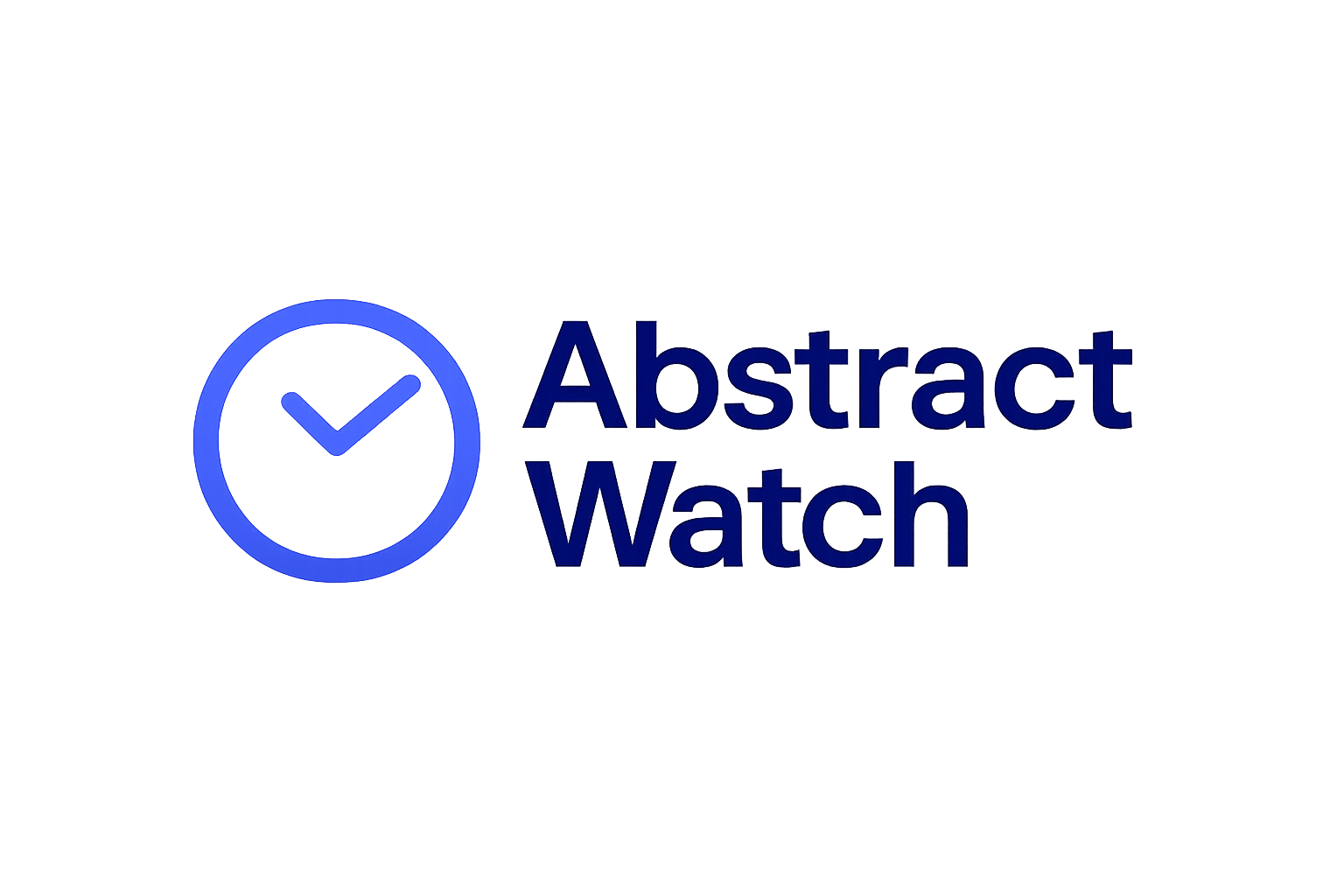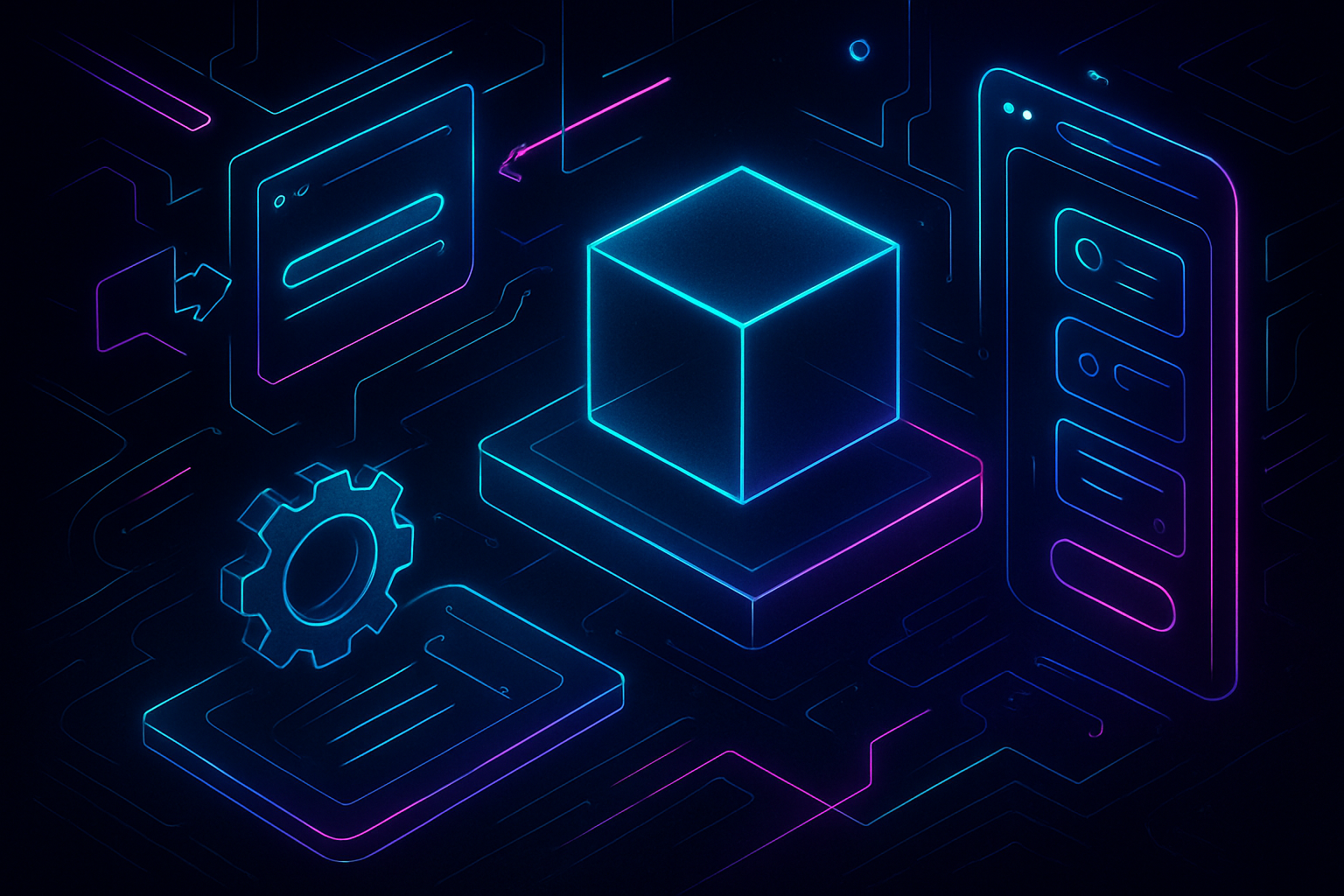
Launching a blockchain used to mean months of development, expensive audits, and a team of specialized engineers. In 2025, the paradigm has shifted. Thanks to abstract rollup technology and no-code deployment platforms, anyone with a crypto wallet can deploy a scalable, customizable app-chain in minutes, no code required. This is not just hype; it’s the new reality for startups, enterprises, and solo builders who want to capture value in the rapidly evolving Web3 ecosystem.

Abstract Rollups: The Engine Behind Instant Blockchain Launches
Abstract rollups are at the core of this revolution. By processing transactions off-chain and submitting them in batches to Layer 1 networks like Ethereum or Polkadot, rollups solve two chronic pain points: scalability and cost. But what’s truly game-changing is how these rollups are now being packaged as easy-to-use services, Rollup-as-a-Service (RaaS): enabling rapid no-code blockchain deployment.
Platforms like Asphere (the enterprise arm of Ankr) have teamed up with the Web3 Foundation to deliver a drag-and-drop interface for launching interoperable rollups on Polkadot. In July 2024, BVM Studio went live with a zero-knowledge (ZK) rollup deployer that eliminates all backend complexity for users. Meanwhile, GlitchD lets projects launch their own Layer 2 or Layer 3 chains, Optimistic or ZK, in less than half an hour by simply selecting frameworks and settlement layers from a menu.
No-Code Deployment: From Wallet Connect to Mainnet in Minutes
The rise of no-code RaaS platforms is making blockchain creation accessible for everyone. Here’s how it works:
You connect your wallet, select your preferred chain type (ZK or Optimistic), configure basic parameters like gas token and data availability layer, pay fees in crypto, and that’s it. Your dedicated app-chain goes live in minutes. No local node setup, no CLI commands, no smart contract compilation.
This approach is democratizing blockchain infrastructure at scale. According to Cointelegraph’s coverage of Asphere’s partnership with Web3 Foundation, enterprises can now launch high-performance rollups without hiring Solidity developers or managing complex DevOps pipelines.
The Data-Driven Benefits: Accessibility, Speed, Customization
The numbers back up the momentum behind abstract rollup deployment:
- Accessibility: No technical background required, just bring your idea and your wallet.
- Speed: Launch times have dropped from months to under 30 minutes (GlitchD documentation).
- Customization: Builders can choose frameworks (e. g. , Polygon CDK vs OP Stack), data layers (Celestia vs EigenDA), and even gas tokens based on project needs.
- Ecosystem Integration: New chains are interoperable by default, vital for DeFi protocols or gaming platforms targeting cross-chain liquidity.
This isn’t just theory; it’s what leading RaaS providers are delivering right now. The result? Lower costs, faster go-to-market times, and an explosion of innovation across industries from finance to supply chain management.
Abstract rollups are also radically changing the economics of blockchain deployment. By leveraging off-chain transaction processing and batching, projects can sidestep the prohibitive gas fees that once stalled early-stage experimentation. The ability to pay for deployment and ongoing chain operation with crypto, directly from a wallet, removes yet another layer of friction. For startups, this means capital can be allocated to growth and user acquisition, not backend infrastructure or lengthy audits.
Real-World Use Cases: Industries Unlocked by Abstract Rollups
We’re witnessing an explosion of app-chain launches across verticals that previously faced high technical barriers. DeFi protocols are spinning up their own L2s to control transaction costs and optimize user experience. Game studios are deploying specialized chains for NFTs and in-game assets without worrying about network congestion or unpredictable fees. Even enterprises experimenting with supply chain transparency or loyalty points now have the tools to build secure, compliant blockchains on demand.
Industries Rapidly Adopting No-Code Rollup Platforms
-
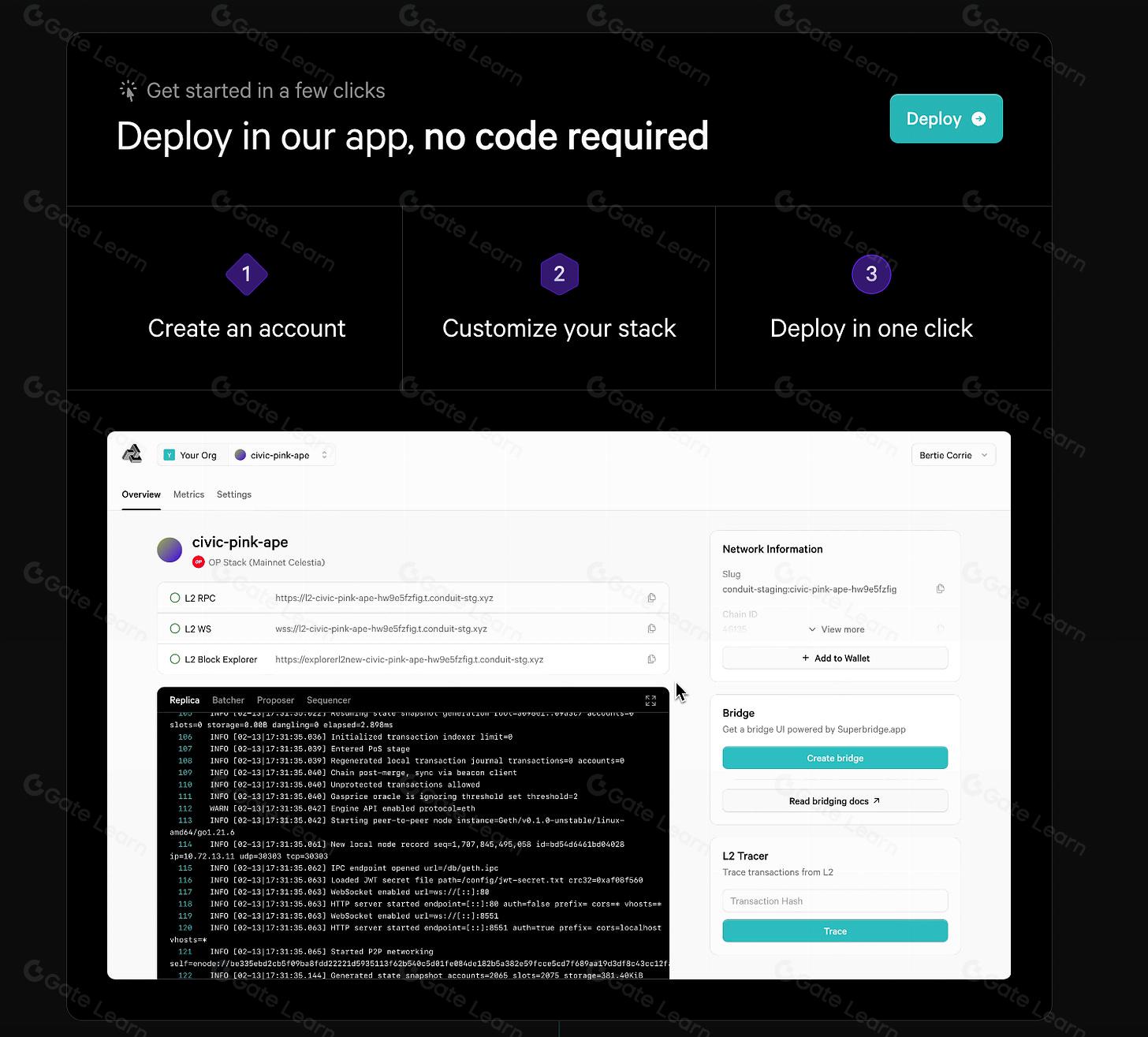
Finance & DeFi: Major decentralized finance (DeFi) protocols and fintech startups are leveraging no-code rollup deployment platforms like Ankr’s No-Code Deployer and Caldera RaaS to launch scalable, cost-efficient Layer 2 solutions for payments, trading, and lending.
-
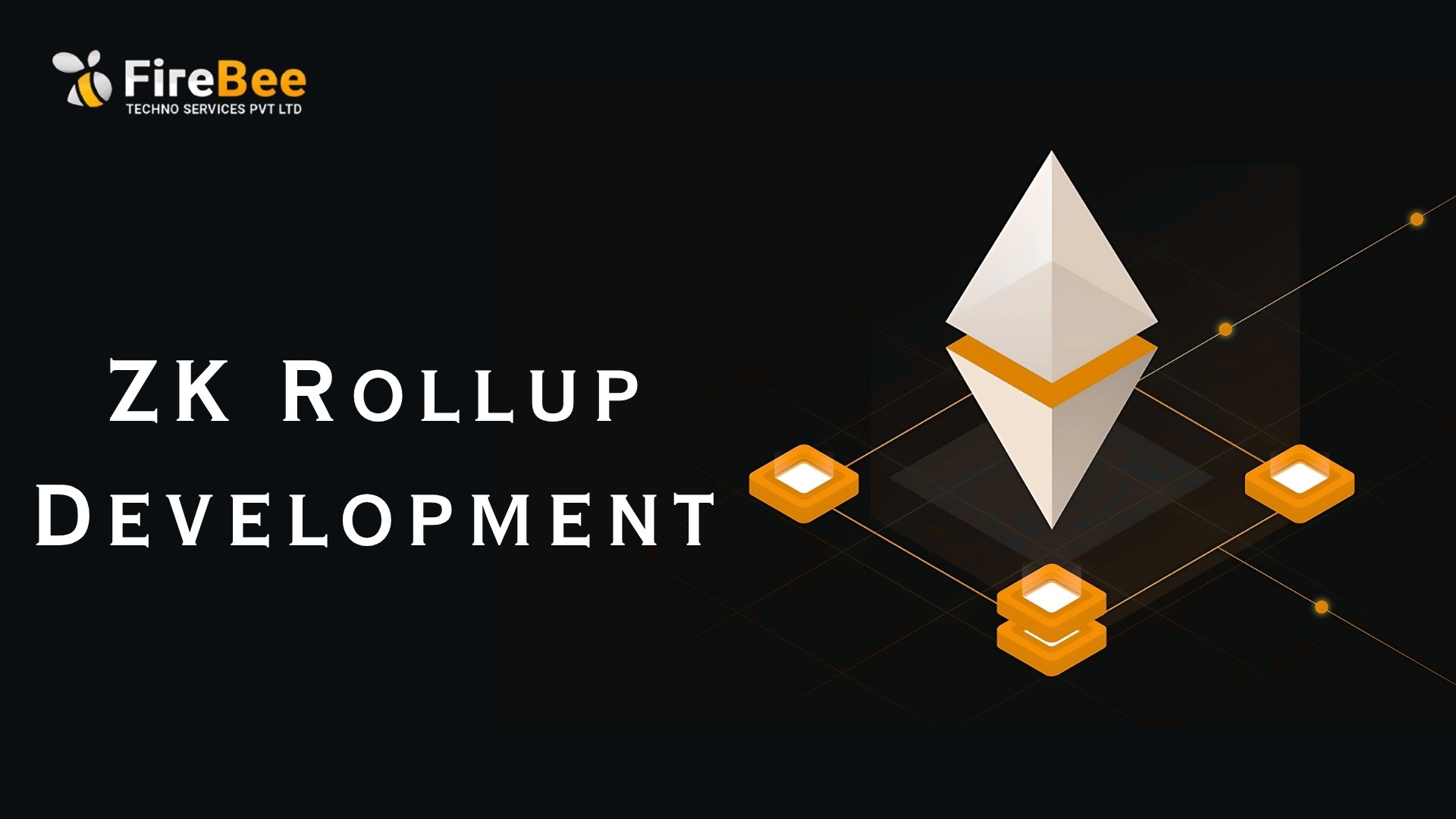
Gaming & Metaverse: Game studios and metaverse creators are utilizing platforms such as GlitchD to deploy custom rollups for in-game economies, NFT marketplaces, and immersive experiences, all without coding expertise.
-
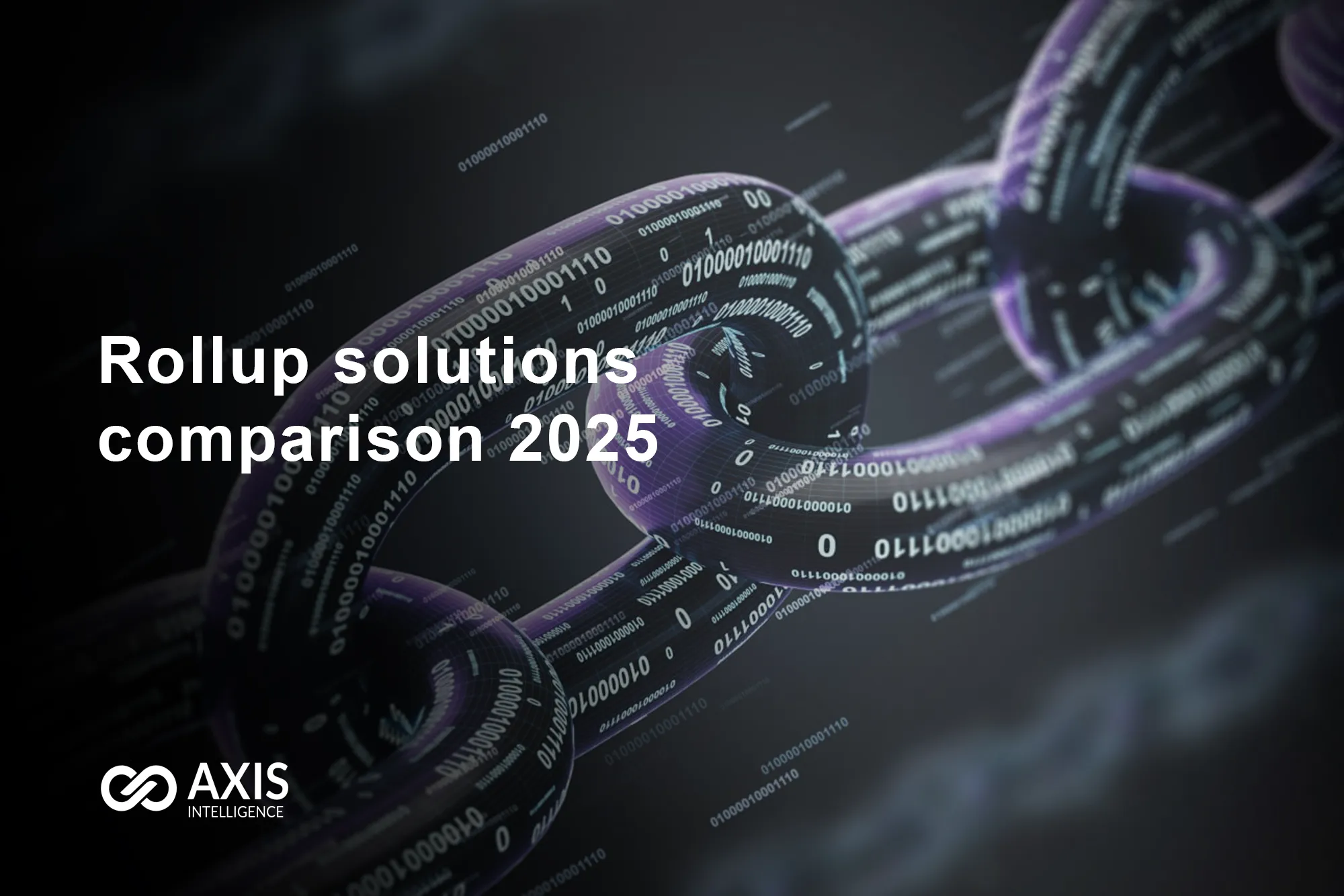
Supply Chain & Logistics: Enterprises in logistics and supply chain management are adopting Asphere by Ankr to quickly launch interoperable, auditable blockchains that streamline tracking, provenance, and compliance.
-
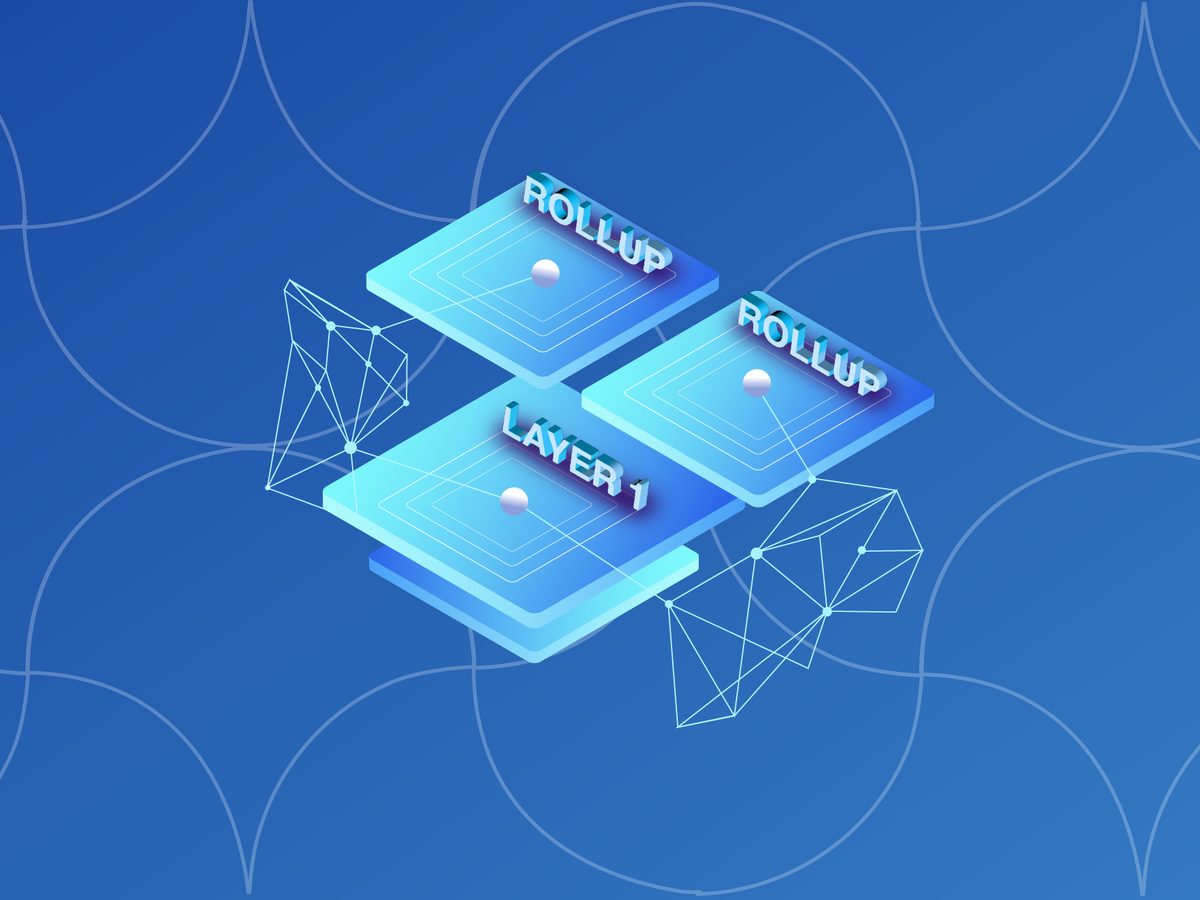
Healthcare & Life Sciences: Healthcare organizations are exploring no-code rollup platforms like BVM Studio to securely handle sensitive patient data, clinical trials, and medical records on scalable, private blockchains.
-
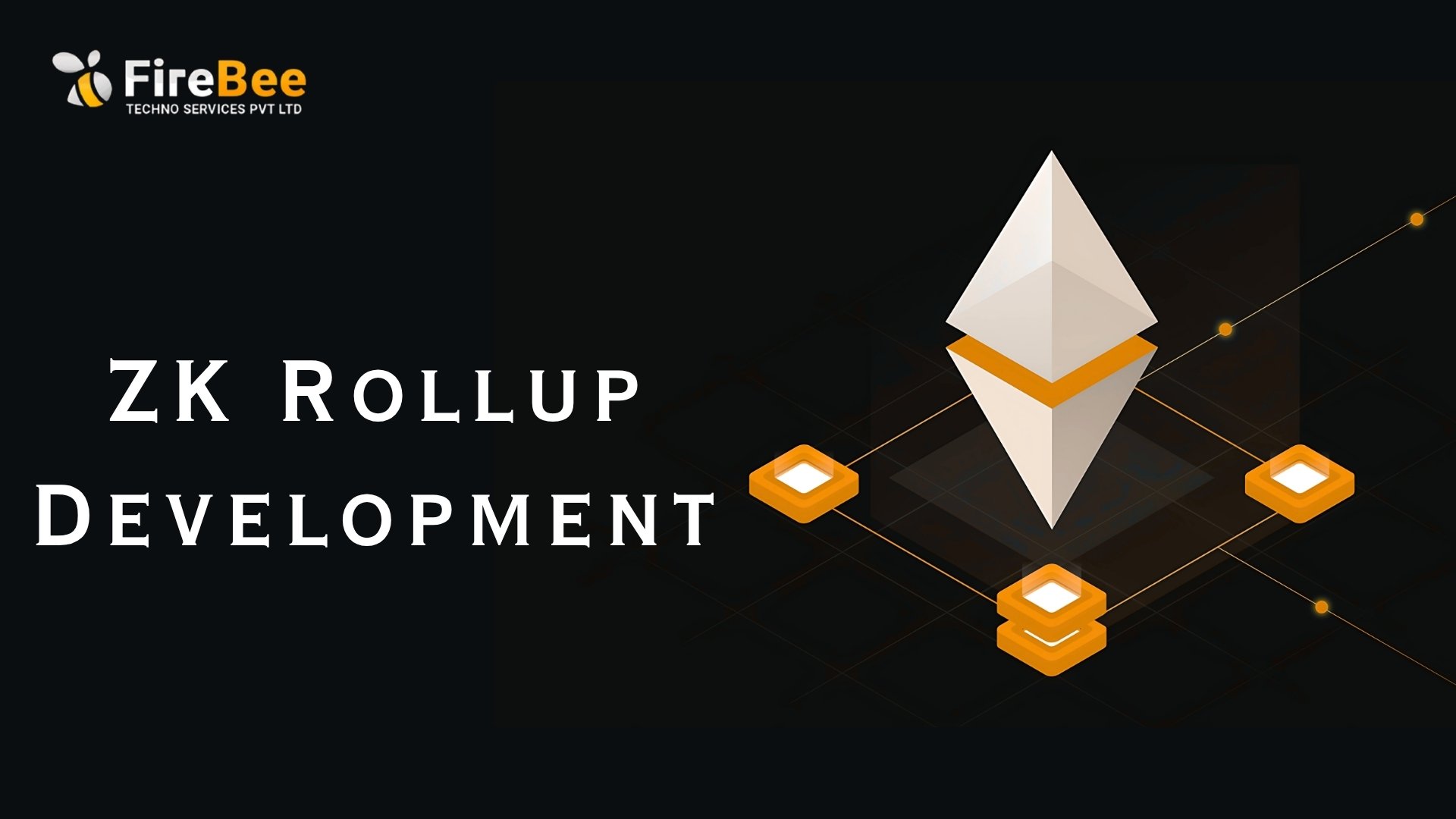
Web3 Social & Creator Platforms: Social media startups and creator platforms are rapidly deploying custom rollups via Caldera and BVM Studio to enable decentralized content sharing, tokenized rewards, and community governance.
This new paradigm is not limited to Ethereum’s ecosystem. Thanks to interoperability baked into platforms like Asphere’s Polkadot deployer, cross-chain communication is seamless out of the box, enabling projects to tap into liquidity and users wherever they reside. Customization goes beyond aesthetics: it’s about tailoring settlement, data availability, and governance models for precise business needs.
Speed is driving adoption at breakneck pace. According to GlitchD’s documentation, launch times have plummeted, from months down to less than 30 minutes for fully operational chains (docs.glitchd.network). This agility is fueling a new wave of experimentation as teams iterate quickly, gather feedback, and pivot, all with minimal sunk cost.
What’s Next? The Future of App-Chain Deployment
The data-driven trend is clear: no-code blockchain deployment via Rollup-as-a-Service will only accelerate from here. As more frameworks integrate features like modular security, native bridges, and customizable data layers, expect even greater flexibility, and fewer reasons for teams to reinvent the wheel.
The next frontier? Automated compliance modules, real-time analytics dashboards, and AI-assisted optimization for chain parameters. These innovations will further reduce time-to-market while ensuring projects stay secure and scalable as they grow.
If you’re building in Web3 today, or simply want to experiment without deep technical overhead, abstract rollup technology paired with no-code RaaS platforms delivers a direct path from idea to mainnet in minutes. The future belongs to those who ship fast and iterate faster.
